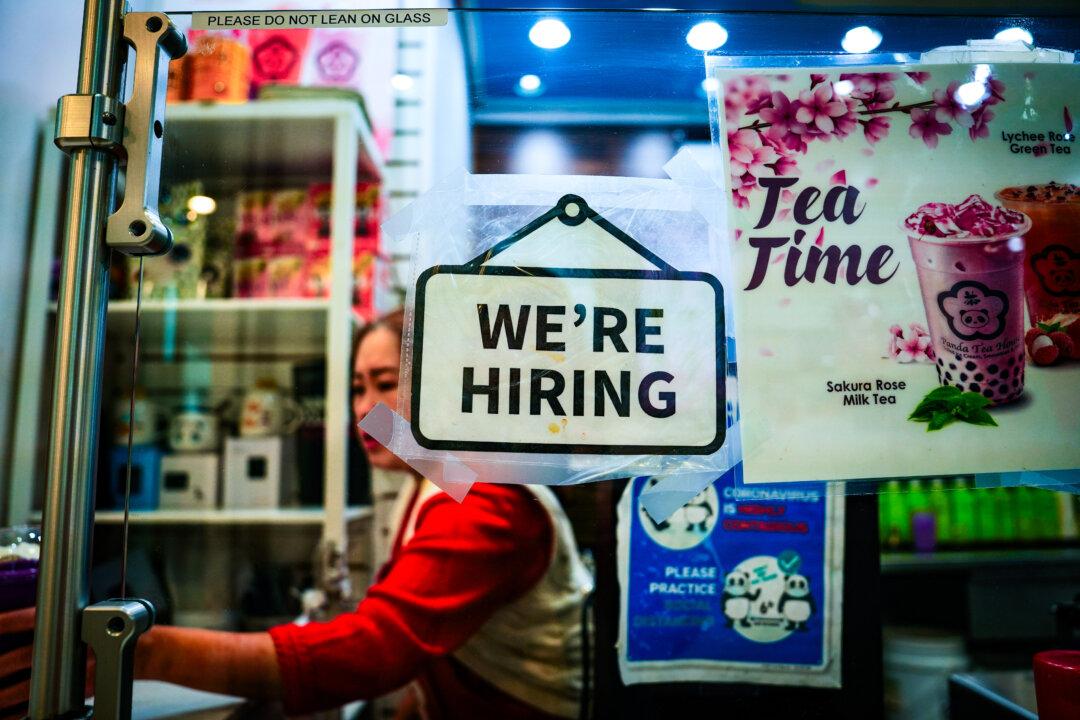Treasury yields popped following the hot September jobs report, forcing the futures market to boost the odds of the Federal Reserve raising interest rates at the next policy meeting of the Federal Open Market Committee (FOMC).
During the Oct. 6 trading session, the 2-year Treasury yield soared to an intraday high of 5.21 percent. The benchmark 10-year yield swelled to an intraday high of 4.862 percent. The 30-year Treasury yield crossed the 5 percent threshold before retreating to about 4.95 percent.





